The Truth about Breathing
“The truth will set you free. But not until it is finished with you.”
— David Foster Wallace
Helllllloooo Practitioners,
Have you heard the term “near enemies of the truth”? It's a phrase from Buddhism that refers to teachings that are close to the truth but limited, a little distorted, or just scratching the surface. They seem innocent, close-enough-to-truth, but without clarification or evolution, close enough becomes a far miss. Like a plane 1 degree off course, over time you arrive at a different destination.
We're going to unpack 3 "near enemies of the truth" about breathing. I'm not saying these are "wrong" but limited, a little distorted, or there is opportunity to go deeper. View each one as an invitation to get curious and explore new possibilities for your breathing.
Near Enemy #1: “Breathe Deep” When you hear “breathe deep” what do you do? Most humans will gasp, gulp or suck in air which will keep you breathing shallow. Because the breath gets stuck in your chest.
Instead, when you hear “breathe deep” you want to breathe deep into your body. Through the nostrils. Using the respiratory diaphragm. Why? because the respiratory diaphragm brings air into your lower lungs where oxygen exchange occurs.
How do you know you’re breathing with the respiratory diaphragm? The lower ribs will expand or as we say at Kanda Yoga School, you’ll “breathe with circumference”.
Near Enemy #2: “Breath Control” Pranayama is often translated as “breath control". It can also be translated to "un-tether the life force". I'll save the Sanskrit grammar lesson for another day. Let's look at why breath control can stunt potential.
Control often leads to rigidity. And controlling the breath is kinda like trying to control the ocean. Better to ride the waves. Rather than “control” your breath, can you settle into an unrestrained rhythm?
Studies show that an even ratio of inhale/exhale through the nose provides the most benefit - physically, mentally, and with neurochemistry. In other words, a consistent cadence is where magic happens.
Near Enemy #3: Breathwork is Boring. It requires sitting still or lying down for long periods of time. When I was taught breathwork in yoga classes, it was done in very specific postures, usually with a bazillion props. It was often boring and always long. So I rarely did it on my own.
Good news! Functional breathing is much more forgiving and it wants you to practice all the time. Yoga asana (posture practice) is a perfect place to train your body to move and breath harmoniously. The movement keeps your body and mind actively engaged with the breath. Then slow, deep, rhythmic breathing starts to happen naturally - on and off the mat.
Ultimately the near enemies guide you to deeper truths:
When you hear “breathe deep” think deep in your body, use your respiratory diaphragm, and breathe with circumference.
Instead of “breath control” find and feel the rhythm of your breath. Learn to read and ride your inner currents.
Breathwork does not need to be done sitting, take a long time or feel taxing. Functional breathing is for moving and being. It’s a relationship you build with your body for health and longevity.
To explore more, join the Breathe Better Challenge. We start on Monday. There are tutorials, practices, and resources. Everything will be recorded and available to use afterwards too.
May your practice present profound truths,
Alison

